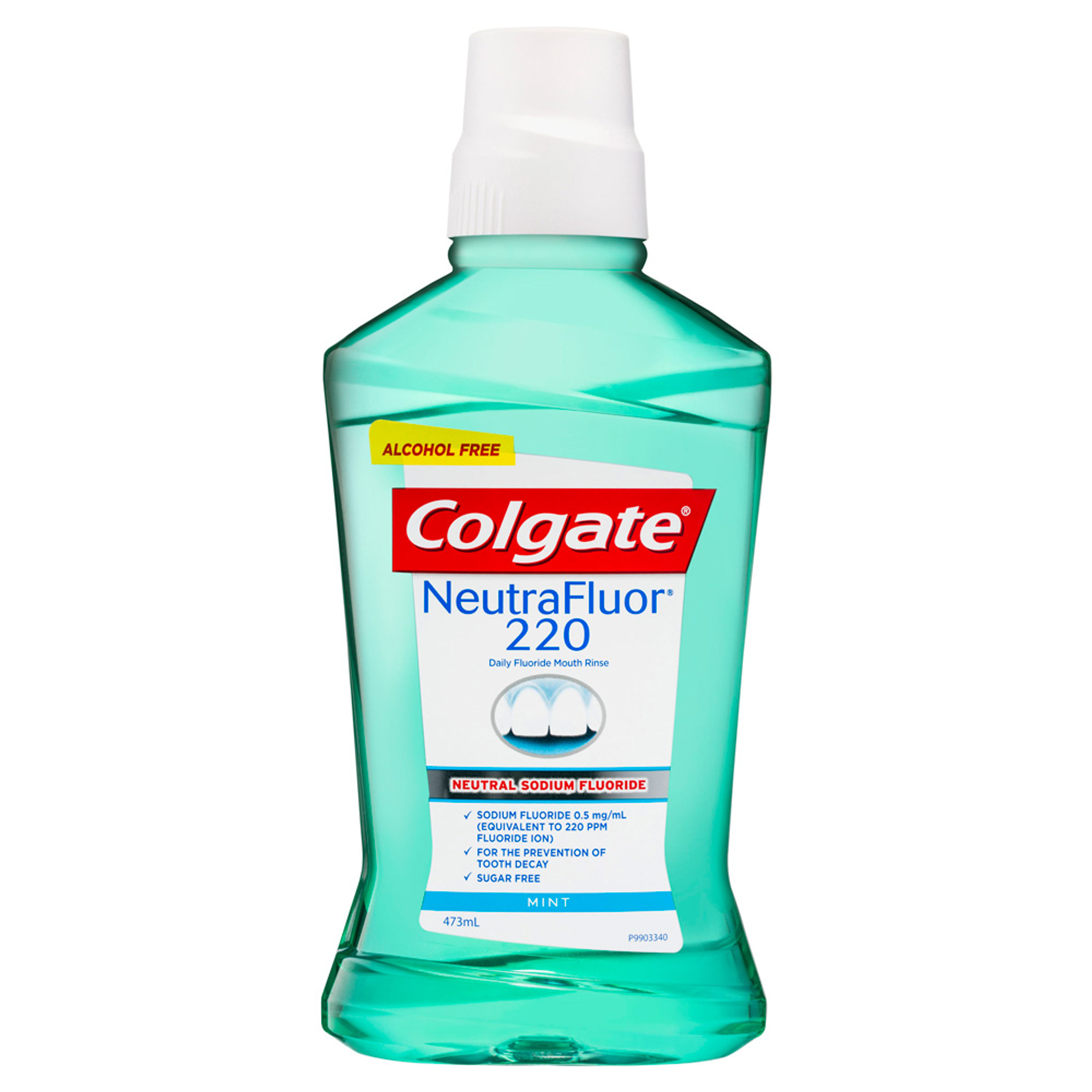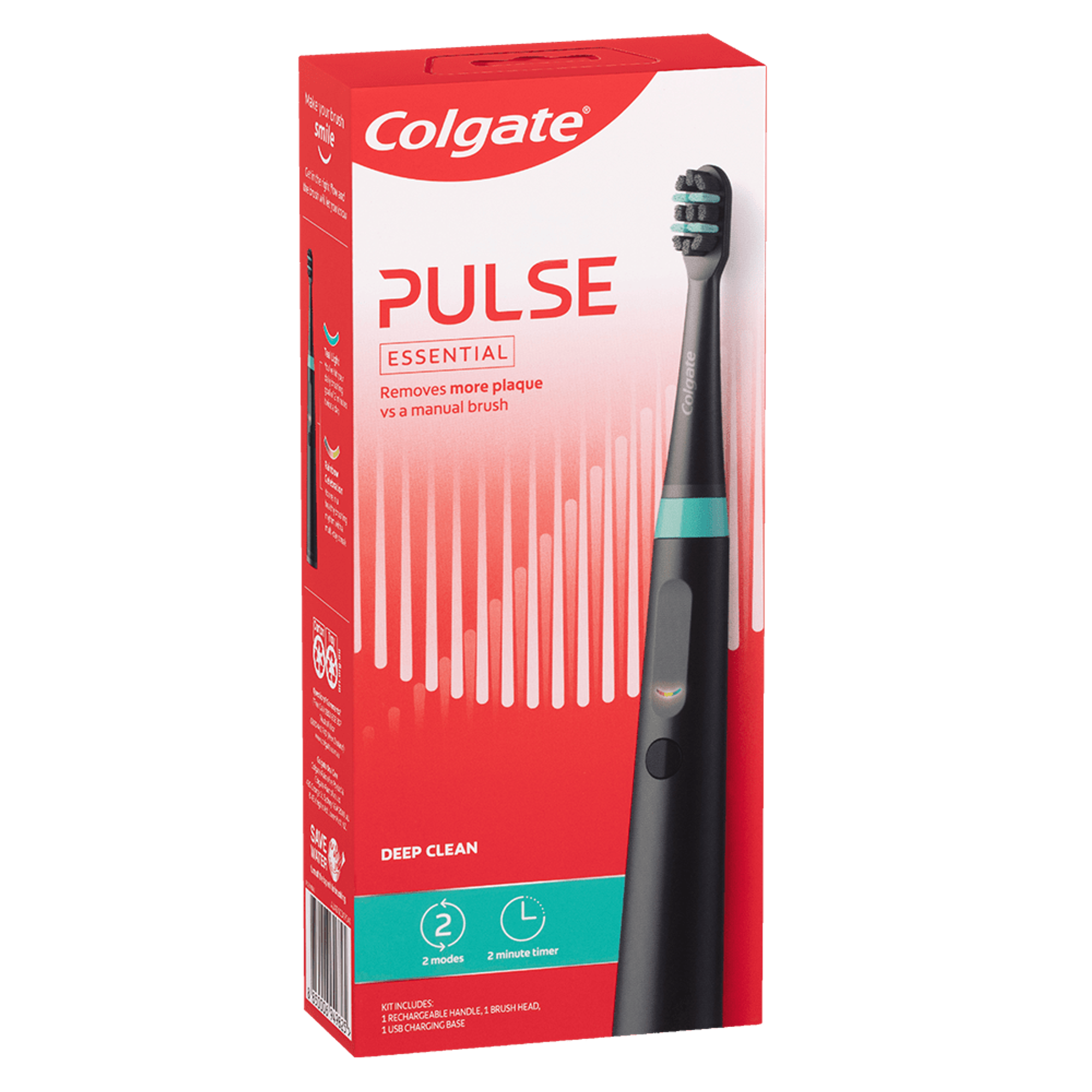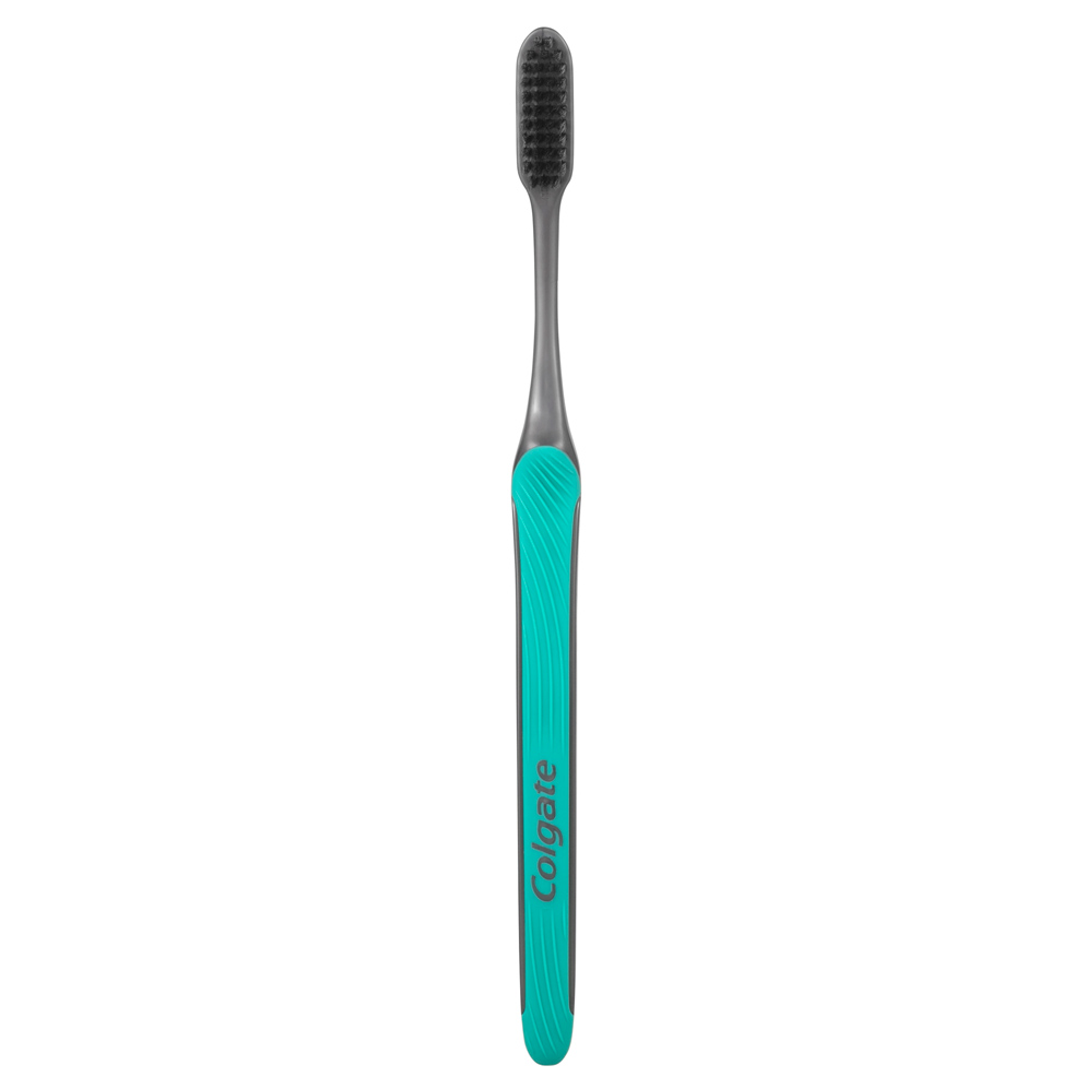The Big Four Types of Teeth in Your Mouth:
Incisors
At the front of the mouth there are eight thin, straight teeth called incisors – four in the upper jaw and four in the lower jaw – which help to cut and shear food into small, chewable pieces.
Canines
On each side of the upper and lower incisors is a single canine tooth, making four in total. Dentists call these slightly pointed teeth cuspids. They are sharp, pointed teeth that help to tear food. They are the longest teeth and may help to guide the other teeth into their best biting position.
Premolars
Behind the canines, in adults, are the premolars, or, as dentists call them, the bicuspids. Premolars have a flattened top with two large bumps and they are used to crush and tear food. There are eight premolars in an adult's mouth: four in the upper jaw and four in the lower jaw. In the primary dentition (baby teeth) there are no premolars.
Molars
The molars are behind the premolars and are your widest, flattest teeth. There are 12 altogether — six in the upper jaw and six in the lower. Queensland Health explains that the third molars, or wisdom teeth, are the molars at the back of both the lower and upper jaws, and they're the last to erupt during young adulthood. The molars are for chewing, crushing and grinding food. The lower molars have two roots and the upper molars have three roots. Some people do not develop third molars and in the primary dentition there are only eight molars - four in the upper jaw and four in the lower jaw.
Keeping Your Teeth Clean and Healthy
Your dentist and dental hygienist recommend that you brush your teeth at least twice a day and floss once a day prior to going to bed. It is important to brush with a fluoride toothpaste to strengthen the enamel of your teeth and remove any plaque or stain that is there. Taking care of your teeth is an excellent investment in your oral health.
Other Teeth That May Be in Your Mouth:
Supernumerary Teeth
Sometimes teeth develop outside of the normal process, and one example of this is supernumerary teeth. The normal tooth count in the adult mouth is 32, but more can appear; these are called supernumerary teeth. One of the most common types of supernumerary tooth is an extra incisor located between two central incisors, also known as a mesiodens. Another common supernumerary tooth is an extra molar tooth, called a paramolar.
Natal or Neonatal Teeth
Natal teeth are teeth that are present at birth, according to the New South Wales Government Health Centre for Oral Health. Neonatal teeth usually erupt in the first months of life. They may be supernumeraries or one of the babies' first set of teeth. These teeth usually appear in the lower jaw. Natal teeth often have weak or nonexistent roots, and can fall out easily, so doctors may often advise having them removed to avoid the risk of inhaling the tooth. Natal teeth can also irritate or injure the baby's tongue or the mother while nursing. The presence of natal teeth is usually an isolated incident, but they can occasionally be a symptom of other medical conditions.
It's essential to look after all types of teeth in your mouth with proper twice daily brushing, once daily flossing and by having regular dental checkups. With a full set of healthy teeth, people can eat and speak properly and maintain their confident smiles.
This article is intended to promote understanding of and knowledge about general oral health topics. It is not intended to be a substitute for professional advice, diagnosis or treatment. Always seek the advice of your dentist or other qualified healthcare provider with any questions you may have regarding a medical condition or treatment.














